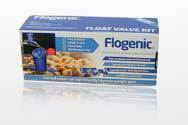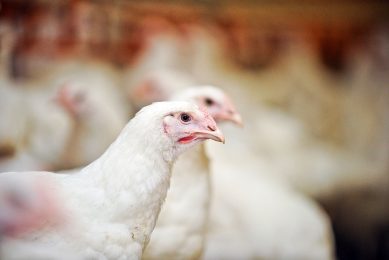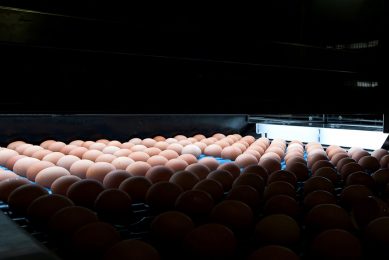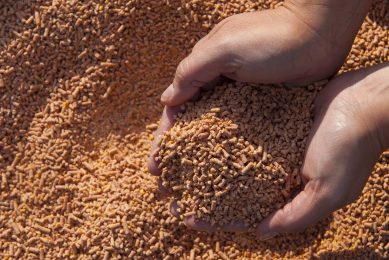Optivite launches new water disinfection system

A new ‘intelligent’ system which will automatically chlorinate and make drinking water safe for all animals has been launched.
Flogenic from Optivite is a self-contained water treatment unit which does not require any power and has a simple ‘quick connect’ attachment at the point of filling the water tank. Each refill automatically disinfects 90,000 litres of water at 2ppm of free chlorine and is simply replaced when necessary.
“The Flogenic device removes any need to make up a disinfection solution on a batch basis or to use a dosing pump system with complex electric control systems or reservoirs,” explained Simon Knowles, National Sales Manager from Optivite. “Flogenic is used at the discharge point to a drinking water or storage tank and can chlorinate flows from 20 litres per hour to 20 litres per minute. The chlorine addition is proportional to the flow of water and there is no waste as active chlorination ceases once the flow stops.”
The importance of including a water disinfection programme as part of good animal husbandry to prevent disease in livestock, staff and consumers is well recognised. Disease outbreaks amongst animals caused by a lack of disinfection may result in poor growth, high medical costs and even death which will all impact on the profitability and livelihood of farming enterprises.
“Water can be a carrier of disease, if the quality is poor”, added Simon Knowles from Optivite. Pathogenic microorganisms such as E. coli, Salmonella, Campylobacter, Vibrios, Hepatitis and Entamoeba can all be transmitted through water. So, although water is a vital nutrient,it is also a potential hazard often overlooked by farmers. Flogenic is an effective treatment against these water-borne pathogens.
Farm trials have shown that when broilers drank water treated using the Flogenic system they achieved their full growth potential earlier with lower mortality. Also in layers the performance of birds is enhanced with improvements in the fall off of laying performance and fewer breakages. Broilers, for example, produced an increase in weight of almost 9% over the same growth period compared to birds receiving untreated water in preliminary trials.
Source: Optivite
 Beheer
Beheer








 WP Admin
WP Admin  Bewerk bericht
Bewerk bericht